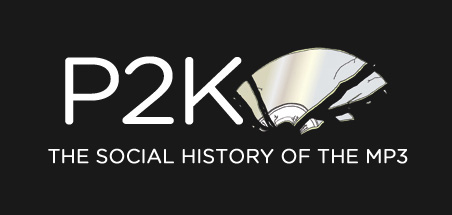
I watched the San Francisco premiere of Objectified last week. For those who haven’t heard of it, it’s a movie about product design (watch the trailer). I really enjoyed it, in particular for the interviews with some of my favorite designers (Jonathan Ive, Dieter Rams, Naoto Fukasawa).
I asked the folllowing question during Q&A:
Will we ever get to a world where products last 5, 10 or 20 years?
Tim Brown, the CEO of IDEO, suggested that there is a difference between furniture and electronics. A high quality chair or table can easily last decades. Electronics on the other hand are simply vehicles for delivering the latest technology.
While I agree for the most part, I can think of the following counter-examples:
- I’ve had my Nikon D70 for 4 years now, and have no particular desire to replace it. Newer cameras have higher resolutions and slightly better features, but I’m perfectly satisfied.
- I have a first-generation iPhone, and don’t feel any particular need to upgrade. 3G and GPS would be nice, but I got most of the upgrade through the software update alone. The only reason I’ll get a new one this summer is that the hardware is failing on me (the mic has an echo).
- If it hadn’t broken down, I’d be quite happy using my old 12″ Powerbook. With more of my computer usage moving to a super-efficient browser, I might actually use fewer computing resources now than I did back in 2003 (disclosure: I work on Google Chrome).
These three examples lead me to wonder if we might someday reach a state of “great enough” in electronics. This is different from “good enough”: I mean a state where the hardware is powerful and flexible enough that we no longer feel the need to upgrade for incremental improvements. At that point, we’ll want these devices to last longer than a couple of years.
So how do we incent manufacturers to make more durable products, when their business models depend on selling us new stuff? I can think of three alternative revenue streams, and Apple conveniently illustrates all of them:
- Software. I got my iPhone software update for free, but I would definitely have paid for it (iPod Touch users did). I also spend money on iPhone Apps, from which Apple takes a cut.
- Content. Apple sells music and movies through the iTunes store. Digital content is a perfect sustainable good, for which there is ever-renewed demand.
- Services. Apple’s MobileMe services offers access to cloud storage, sync and access for a yearly fee. I get Gmail for free, but would pay for it if I had to.
Of course, Apple’s hardware margins still make up the bulk of their profits. However, as these other revenue sources grow in volume, the hardware might eventually become a loss-leader, as is commonly the case for new gaming consoles. At that point, we would expect them to shift to more durable, “great enough” hardware. (In the particular case of Apple, don’t hold your breath).
I’d be interested in hearing your thoughts on this. Do you ever see us shifting to a world where electronic devices last more than a couple of years? And if so, how would that happen?
Bonus: check out the recently launched lastyearsmodel.org:
We love cool gadgets as much as anybody else. We just want to be thoughtful about the stuff we’ve bought. Even the most cutting-edge, tech-savvy geeks in the world are choosing to hang on to their phones or their iPods that still work just fine.
Also, thanks to Noah and Matt for discussing the ideas in this post with me.


![Reblog this post [with Zemanta]](http://img.zemanta.com/reblog_e.png?x-id=ce8ad3d1-5f72-4aa6-a959-510f22eeff87)








